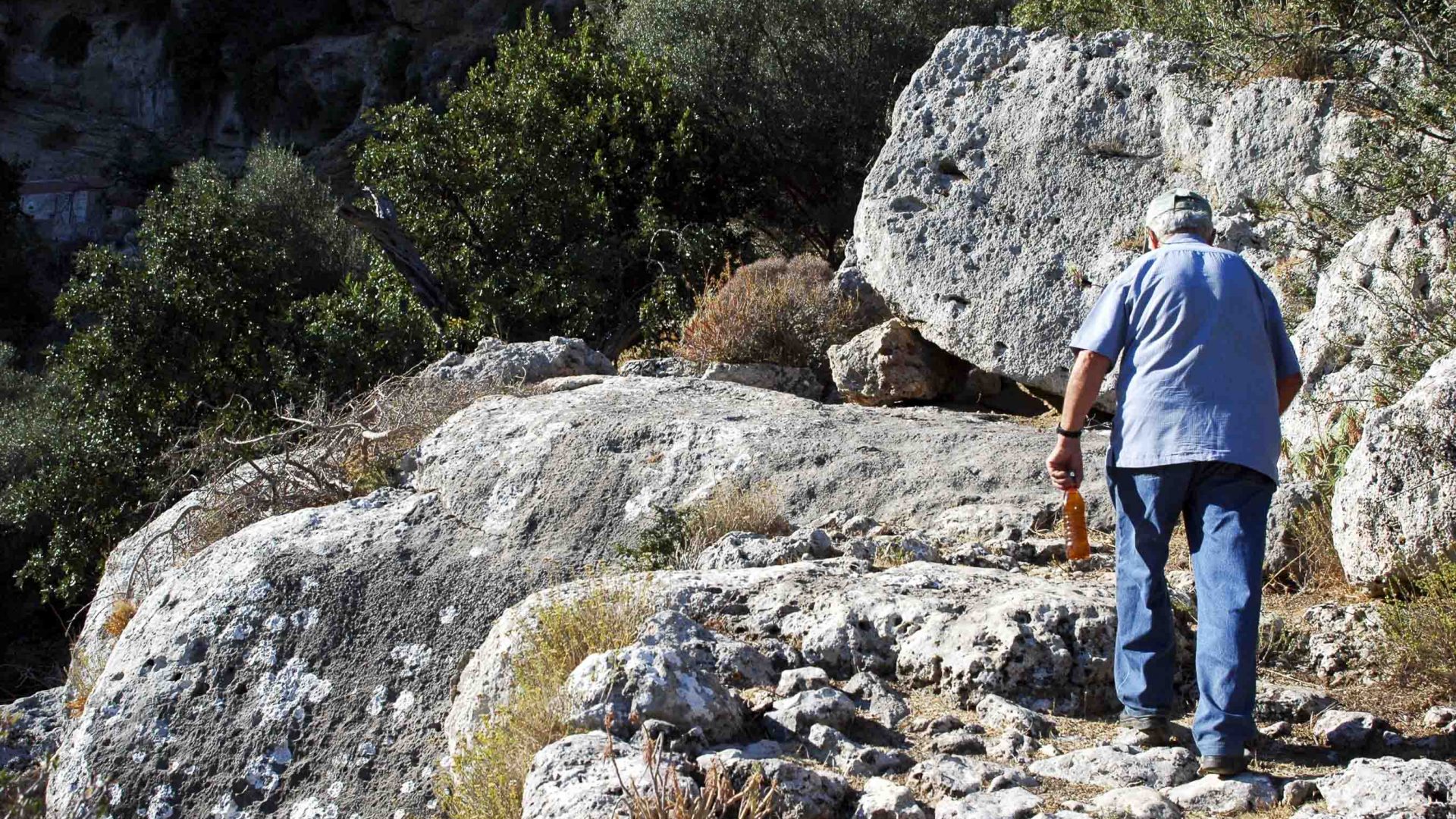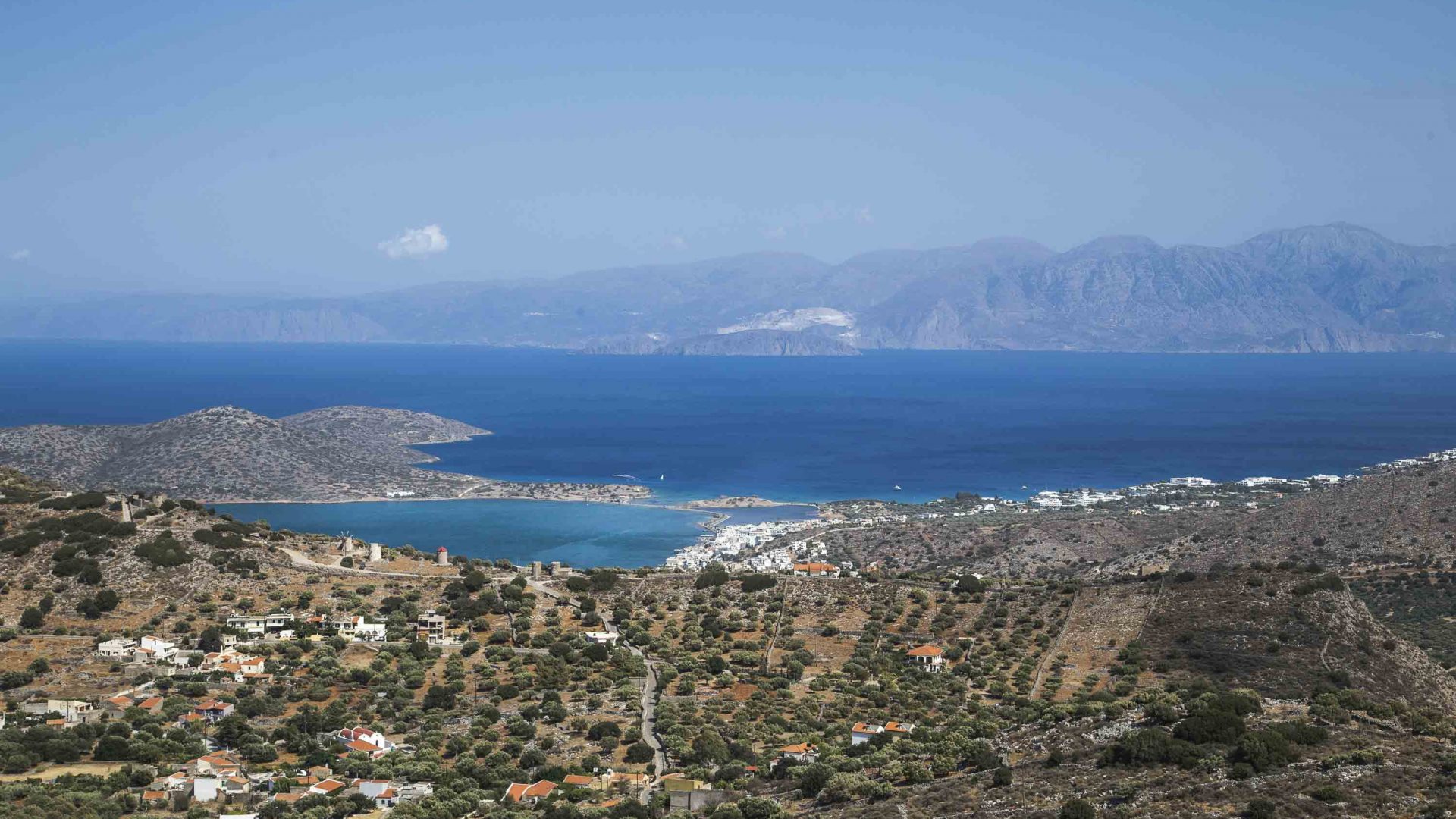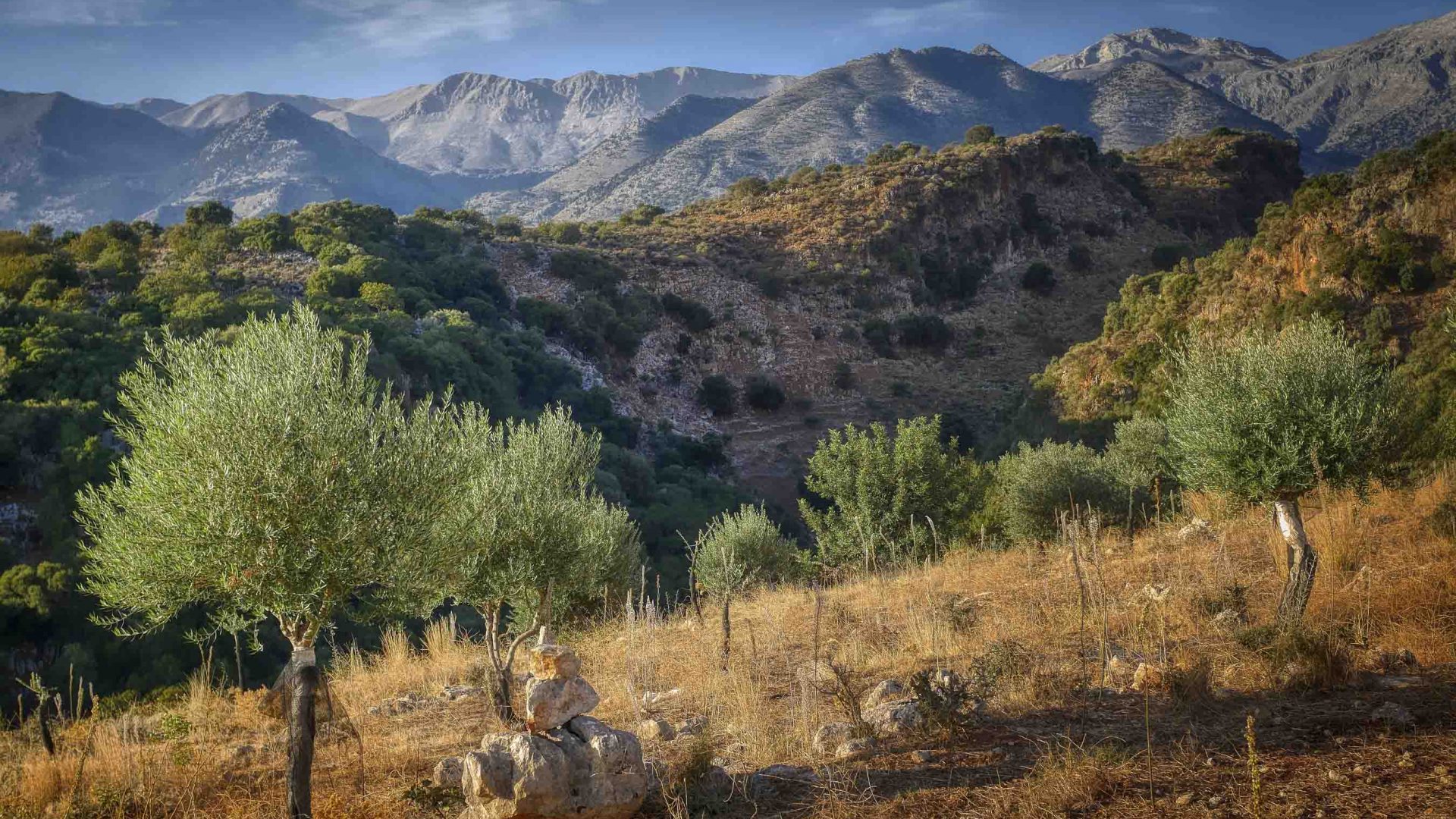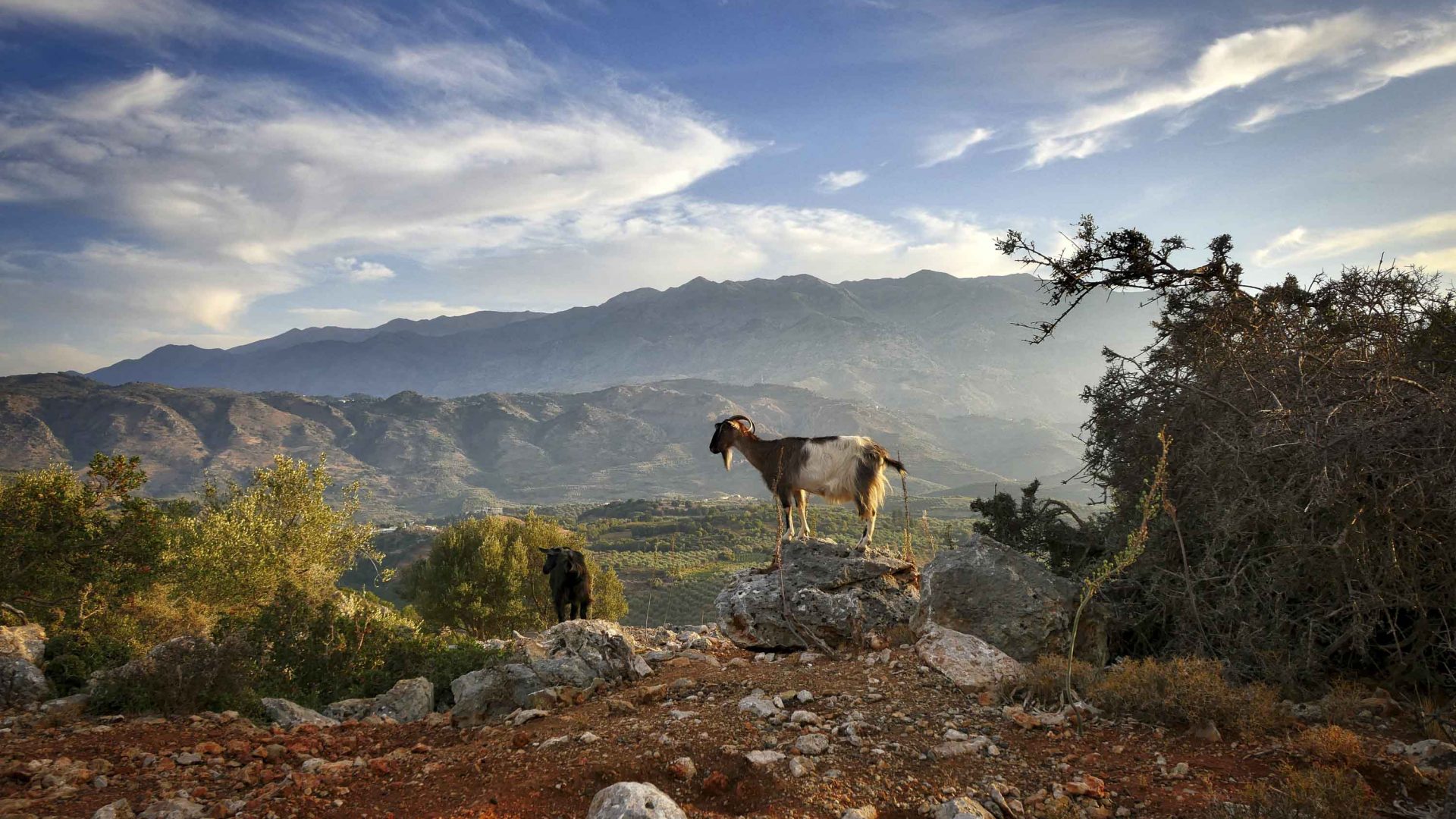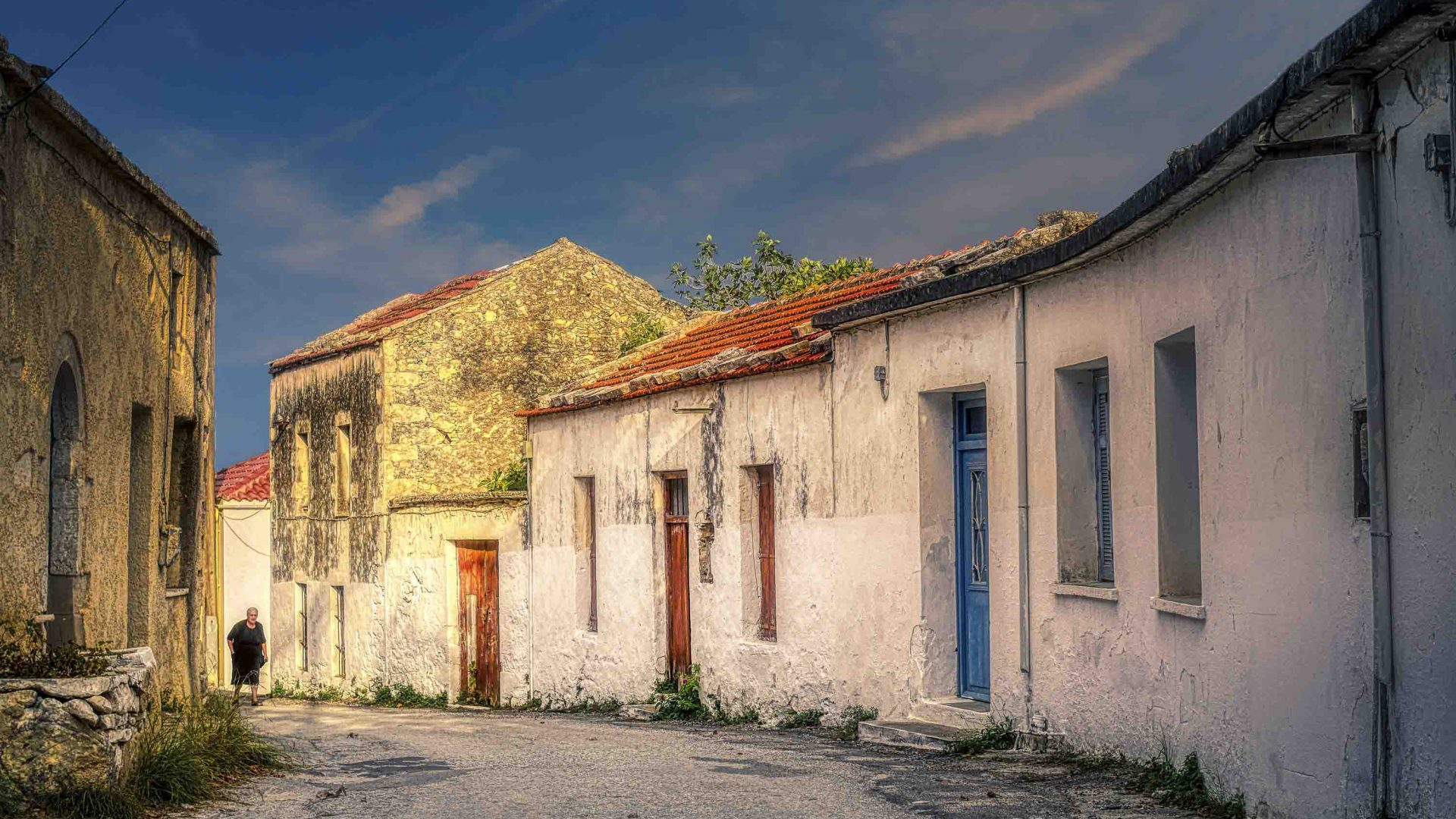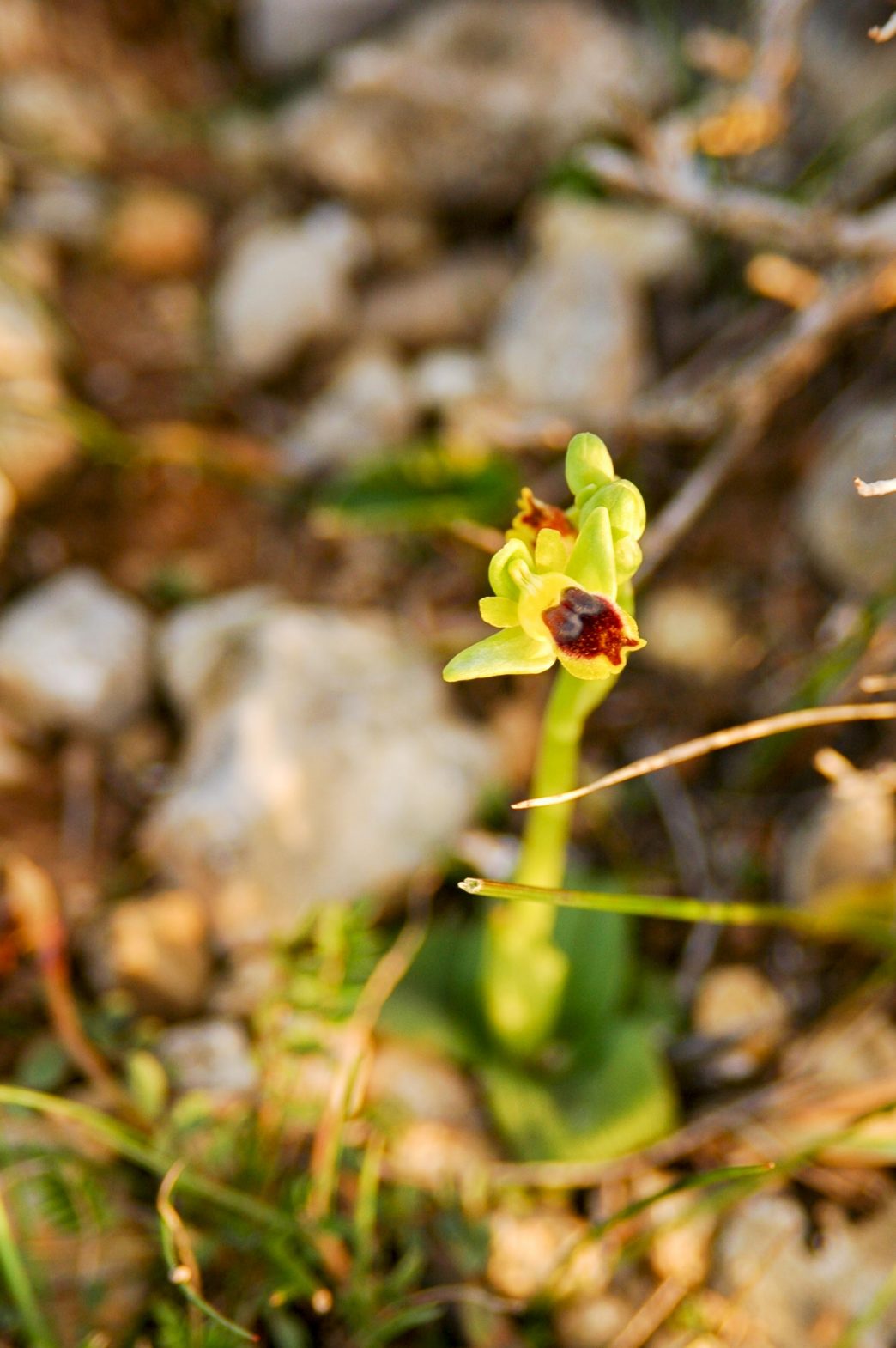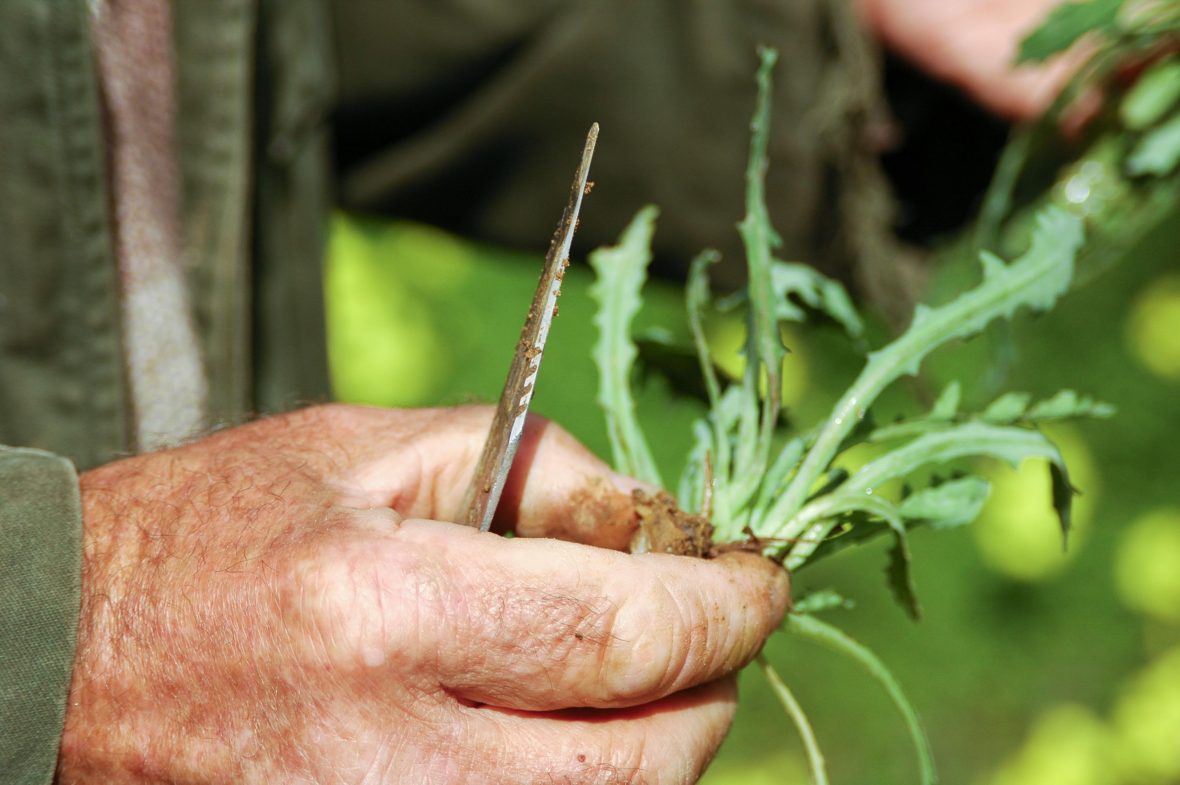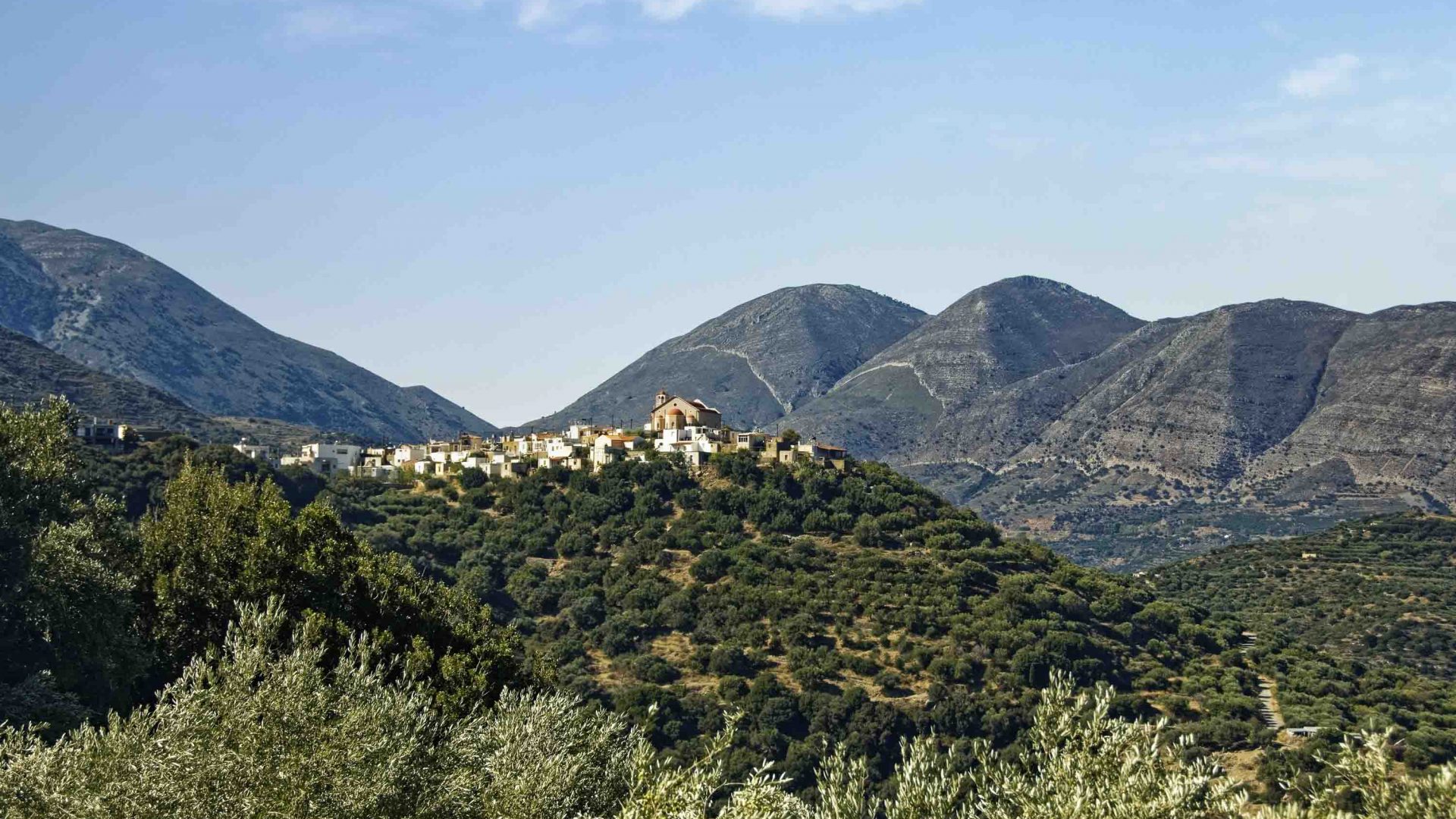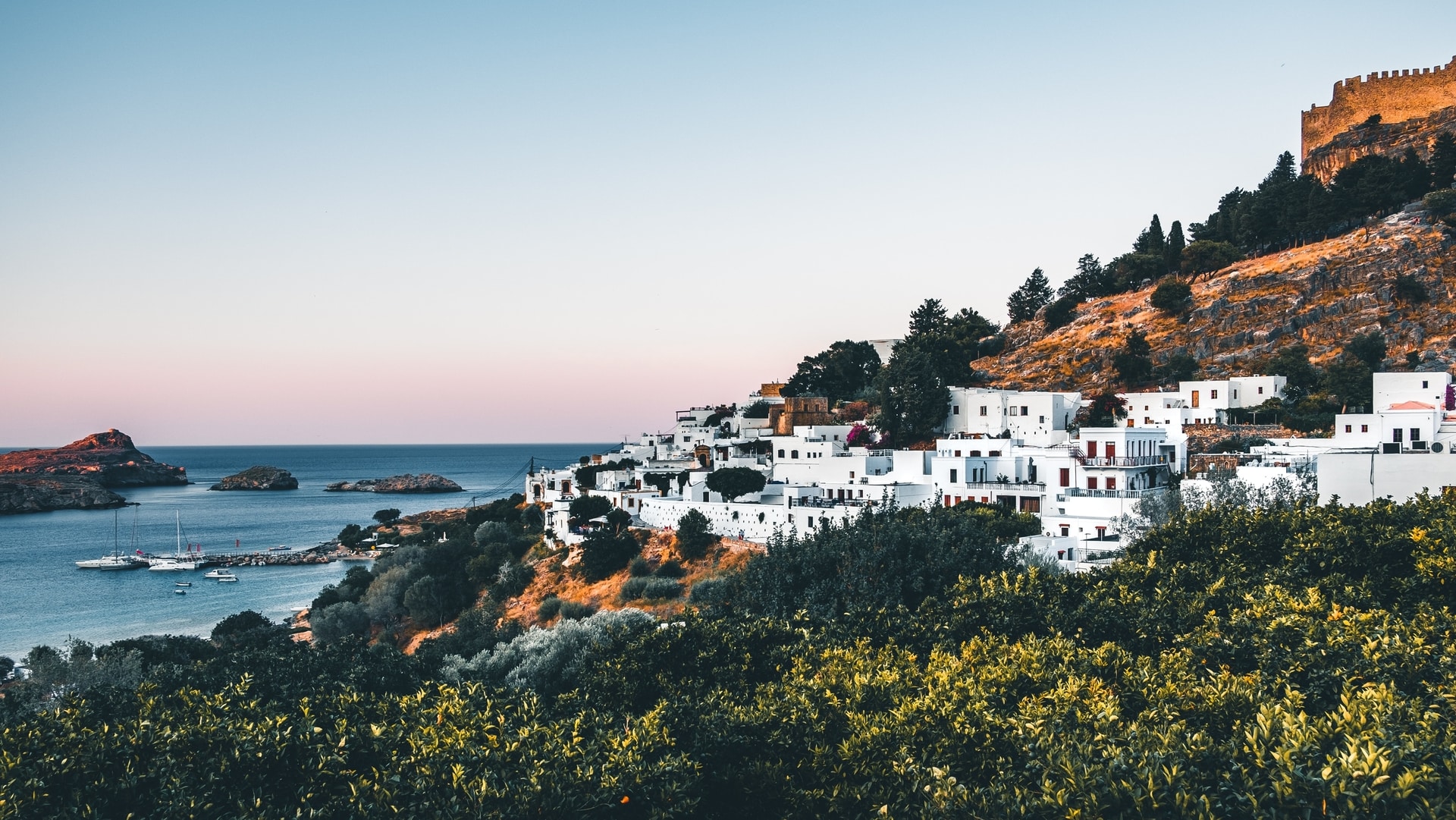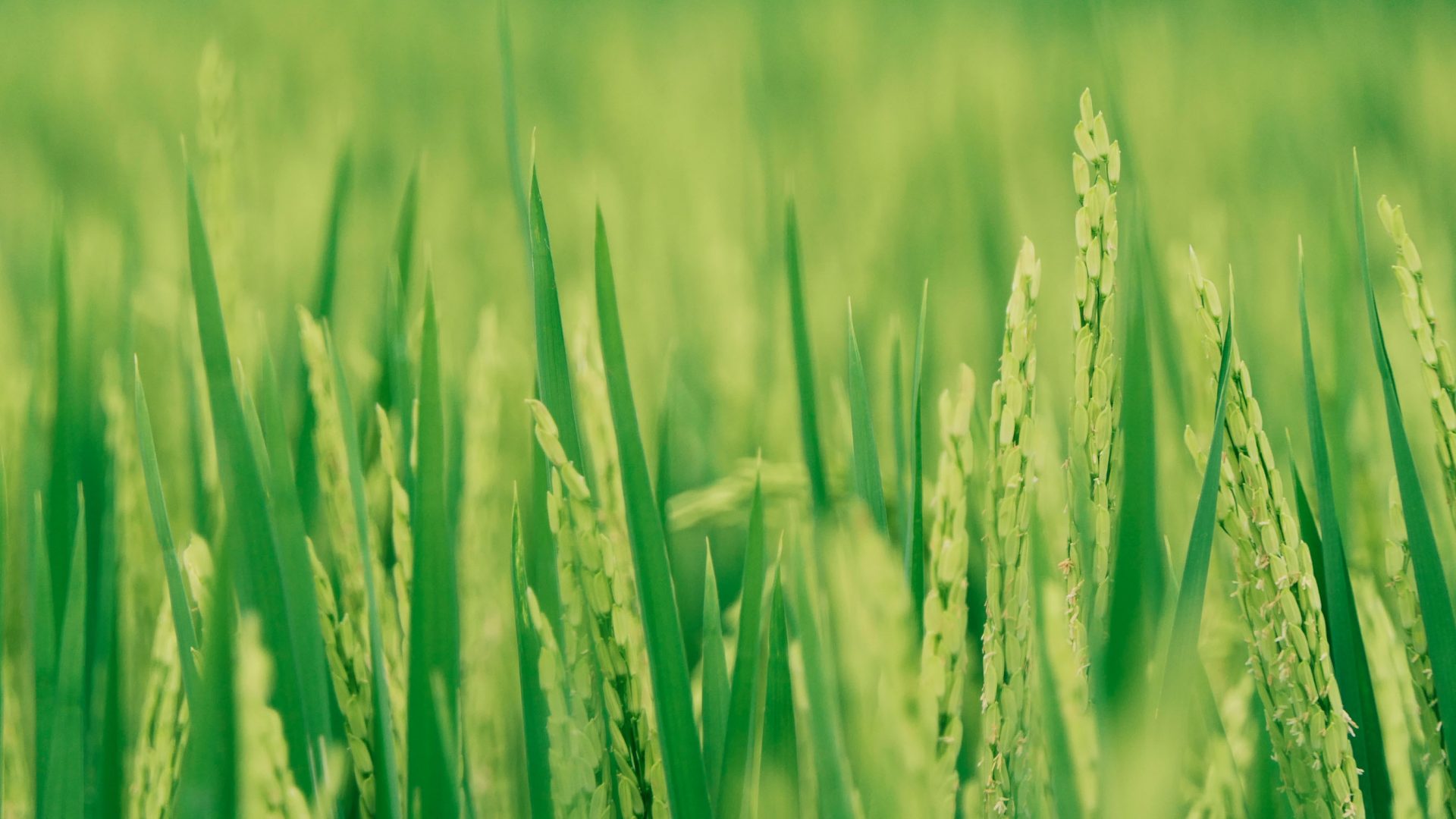
Wild greens, or ‘Horta,’ have been a staple of the Cretan diet for centuries. What makes them so important to the local people and what story do they tell about the island’s history?
“Pame na pasaxoume horta, (Let’s go looking for wild greens),” my 87-year-old neighbor Giorgos Papadakis said to me one sunny spring afternoon, a few days before Easter. We sat outside Giannis’ kafeneio on the village square, sharing a carafe of raki and a plate of xochloi (Cretan patois for snails), swimming in a garlicky sauce.
Despite his gruff voice and throwaway tone, I knew that it was an honor to be invited. There are around 300 types of edible wild greens in Greece. And although many of these—including chard, arugula, sorrel and collards—are now cultivated, foraging for these plants is still one of the country’s best-loved sports.
Seeking horta is extremely competitive: the areas where they grow are often a closely guarded secret. Many families even have their own special names for different greens and where they’re growing—so that they can talk about them without being understood. “We pass this knowledge down to our children and their children’s children—through many generations,” Giorgos tells me.



